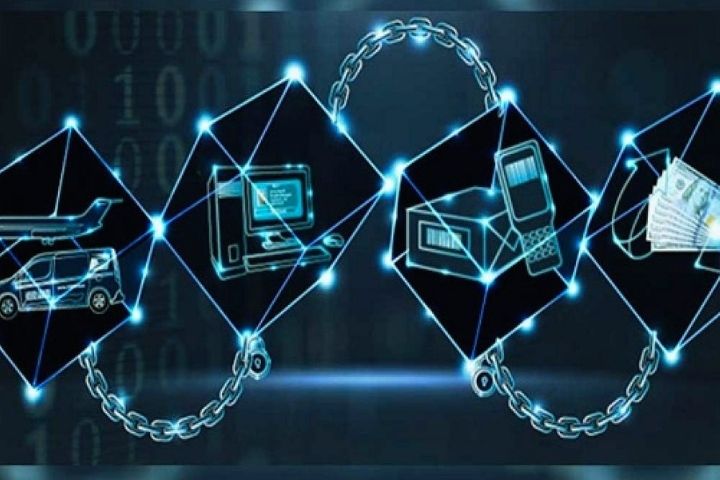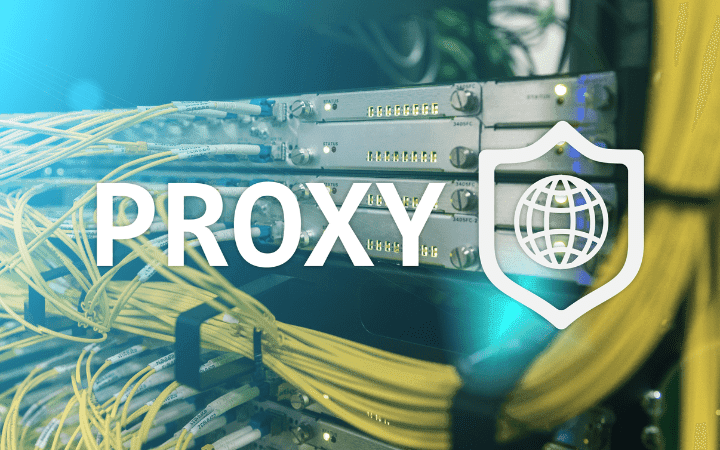Advantages And Disadvantages Of Blockchain Technology

Blockchain Technology is becoming more and more popular, and many startups are springing up that have recognized the potential of blockchain. Even global corporations understand that they have to deal with this even though their business is not based in IT. But, as everywhere, the following must be weighed up: “Advantages and disadvantages of blockchain.”
But is the blockchain the solution to all problems?
To evaluate the use of this popular technology objectively, I would like to examine it from several angles. In the following, I show the advantages that it brings with it. In contrast, I am not depriving you of the disadvantages that go along with it. So you get a better and deeper understanding.
What Are The Advantages Of The Blockchain Technology?
Decentralization
The fundamental property of decentralization offers a clear advantage. No central person is responsible for the network; all participants have equal rights. The database is distributed so that every participant always has a synchronized, current data version.
Note: The distributed database must not be confused with distributed systems such as HDFS, designed for parallel processing gigantic data sets.
Tamper-Proof
Due to secure encryption methods, another great advantage is the security against manipulation. There are separate validation and authorization mechanisms across the entire network. Forgery-proof mathematical processes make the data in the blockchain reliable and trustworthy. The integrity is ensured as thousands of nodes each Blockchain- transaction validation.
There is also only a single “single source of truth.” Every unauthorized change in the network is disclosed directly so that you can be sure that it is correct. In any case, the data in the blockchain can be classified as high quality: It is complete, consistent, timely, accurate, and always available.
Resilience
The decentralized data storage with innumerable replications leads to massive failure safety. A single source on which the data is located represents a so-called “single point of failure.” A failure of this data source automatically means that no data queries are possible until the error has been rectified.
Cyber attackers can cause such failures willfully. In the event of the provider going bankrupt or in a natural disaster, there is even a risk that the data will be permanently lost. Redundant storage for all network nodes protects against failures and data loss.
Direct Transactions With Blockchain Technology
The blockchain enables direct transactions among the participants without needing a third party to intervene. These “middlemen” such as banks or notaries are no longer necessary.
This technology is extremely attractive, especially in regions where the infrastructure is not yet fully developed or where there is a lot of corruption. The participants can rely on tamper-proof transactions.
Avoiding these middlemen and doing business without a detour also reduces this intermediary’s costs. In addition, the direct transaction is often much faster.
A maximum of 10 minutes is required in the Bitcoin blockchain; it can take a few days via third-party systems.
Optimized Business Process
Business processes can be optimized in IT, finance, administration, and many areas of the company: Faster processes and higher quality at lower costs are feasible. The blockchain enables easy tracking in logistics and production processes. Weak points in supply chains are automatically uncovered.
This technology enables cross-company analyzes of data to be carried out. This gives those responsible in the company more precise insights into the market situation and allows them to make better decisions.
What Are The Disadvantages Of The Blockchain Technology?
Not Scalable At Will
Blockchain technology is not yet scalable at will. If you were to make as many transactions with bitcoins as with Visa, hundreds of terabytes of data would be generated. As already discussed, these must be saved for each full node in the network.
Such a large data capacity is not realistic for the average consumer. With each block, the blockchain grows and with it the storage requirements. With the increasing volumes, the Internet connection is more stressed. For such large blockchain data to be distributed in the network, the participants must have a robust internet connection.
Challenge For The Existing IT Landscape
Integrating the blockchain into the company’s existing IT landscape is currently still a challenge. It is important to ensure that existing software and hardware components harmonize with the blockchain. Possibly. There will be some instabilities in the initial stages.
In addition, it is quite possible that many end users would not be able to accept this unique technology. Good change management is very advisable here. Although the blockchain technology can save costs and time, the high initial costs can be daunting.
Risk Of Divisions
Unfortunately, the great advantage of decentralization comes with a disadvantage. Since there is no longer a central, solely decisive authority, all are equally entitled; divisions arise. If a software update becomes necessary, which part of the network rejects, the blockchain technology falls into two parts and becomes two independent networks with the same history.
This risk of fragmentation creates uncertainty and dampens the power of this technology.
Tampering Cannot Be Completely Ruled Out
Although the network is distributed over thousands of users, there is a residual risk of manipulation. If a participant gains control of 51% of the participant nodes or the computing power for mining via a crooked path, this person can write an alternative transaction history. This becomes a supposed reality, which harms other participants, as is easy to see.
For example, the same money can be used several times for purchase. Sure, it’s hard to imagine someone controlling 51% of thousands of participants. However, “independent” miners are grouped in pools. Four of the largest Bitcoin mining pools have already reached the threshold, i.e., they have more than half the computing power for mining Bitcoins.
From this perspective, manipulation by malicious participants is not impossible.
IN performant
By nature, the blockchain is more inefficient than a central database. A transaction has the same tasks as a regular database. In addition, there are three more:
- Every transaction has to be verified with a signature. A complex mathematical cryptography method for encryption requires appropriate performance.
- All participating nodes must always have the same current data. The synchronization process over such a widely distributed system is complex.
- The same transaction in the blockchain must be processed independently by each node in the network. Overall, there is a lot of work to achieve the same result.
The comparison of Bitcoin with Visa again shows a weak point: While Visa can process 56,000 transactions per second, there are seven in the blockchain!
Transparency
Transparency. What can be an advantage is, on the other hand, a disadvantage. Others can easily see their transaction history, past, and even future. Competitors see details like prices. Of course, as a private person, you don’t want every participant to see their income and expenses.
Power Consumption
The mines require a lot of computing power. The miners in the Bitcoin network try out 450 quadrillion solutions per second to validate transactions. This leads to unimaginable power consumption.
Closing Words To “Advantages & Disadvantages Of Blockchain Technology”
In this post, I have given an overview of the potential of blockchain technology but also highlighted the limitations.
Five advantages and seven disadvantages of blockchain technology:
Advantages:
- decentralization
- Tamper-proof
- Resilience
- Direct transactions
- Optimized business process
Disadvantage:
- Not scalable at will
- Challenge for the existing IT landscape
- Risk of Divisions
- Manipulations cannot be completely ruled out
- IN performant
- transparency
- Power consumption
Like everything else in the world, there are many advantages and disadvantages to this subject. My clear recommendation is that before you jump on the blockchain bandwagon too quickly, you need to carry out clear analyses.
What problems are there anyway? Can these be solved with the help of the blockchain? Are there any better alternatives? What do you expect from using the blockchain instead of something else? An extensive examination of the goals is necessary to decide on the applicability.
Do you believe in the potential of the blockchain, and do you want to acquire programming skills at this early stage of development?
As you can see, blockchain is a powerful technology with many potentials. At the same time, various aspects (still) set limits to implementation. There are cool areas in which the blockchain is used, such as Bitcoin. On the other hand, there is still a lot of development needed to establish the technology. So much for the advantages and disadvantages of blockchain.
Also Read: How does Blockchain work & How To Implement It Correctly






